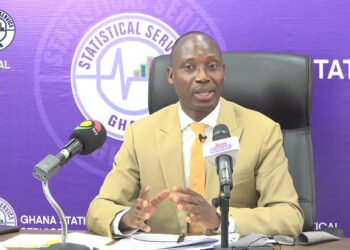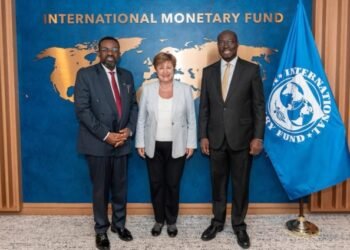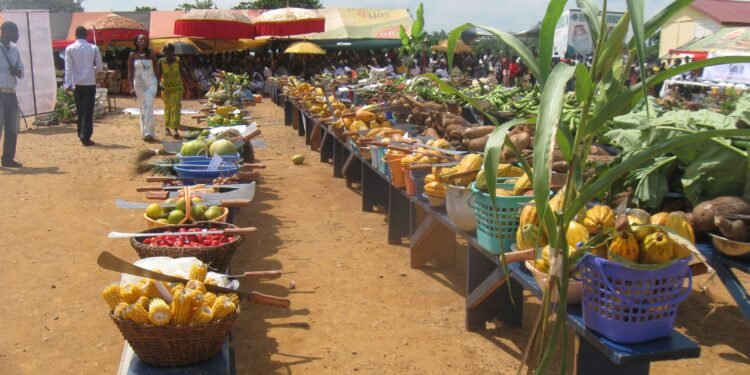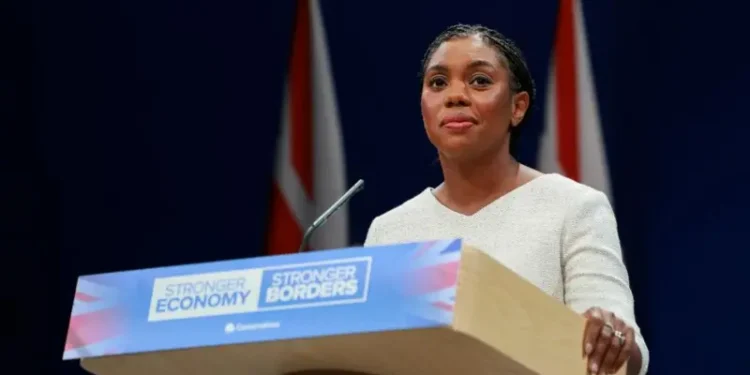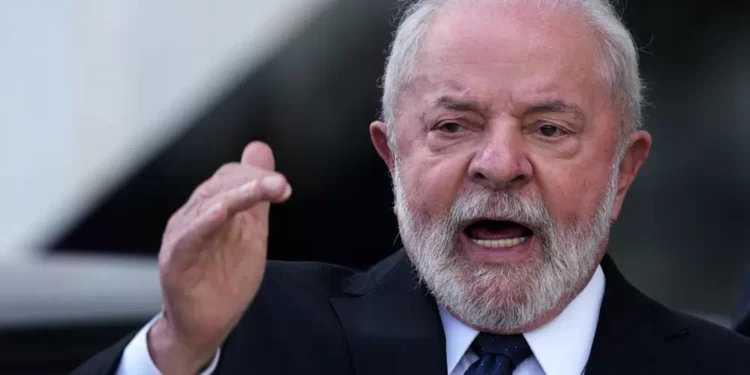Government’s revenue measures outlined in the 2022 budget statement can have a significant impact on the country’s revenue-to-GDP ratio this year which may increase significantly above pre-COVID levels.
According to Standard and Poor’s (S&P) Global, an international rating agency, government revenue including grant will rise to 17.2 percent of the country’s Gross Domestic Product (GDP) this year as a result of the introduction of new taxes, including the proposed E-Levy.
“We project that government revenue including grants will increase to 17.2 percent of GDP by year-end 2022 versus 14 percent pre-pandemic, reflecting the introduction of new taxes, including this year’s pending electronic transactions levy”.
S&P Global
As the country currently faces challenges in accessing funds from the international capital market to finance its budget, government continues to find ways of consolidating its fiscal stance. Unlike time past when fiscal consolidation efforts only focused on increasing revenues, the government, as part of its burden sharing efforts, has started demonstrating that it can also reduce its spending.
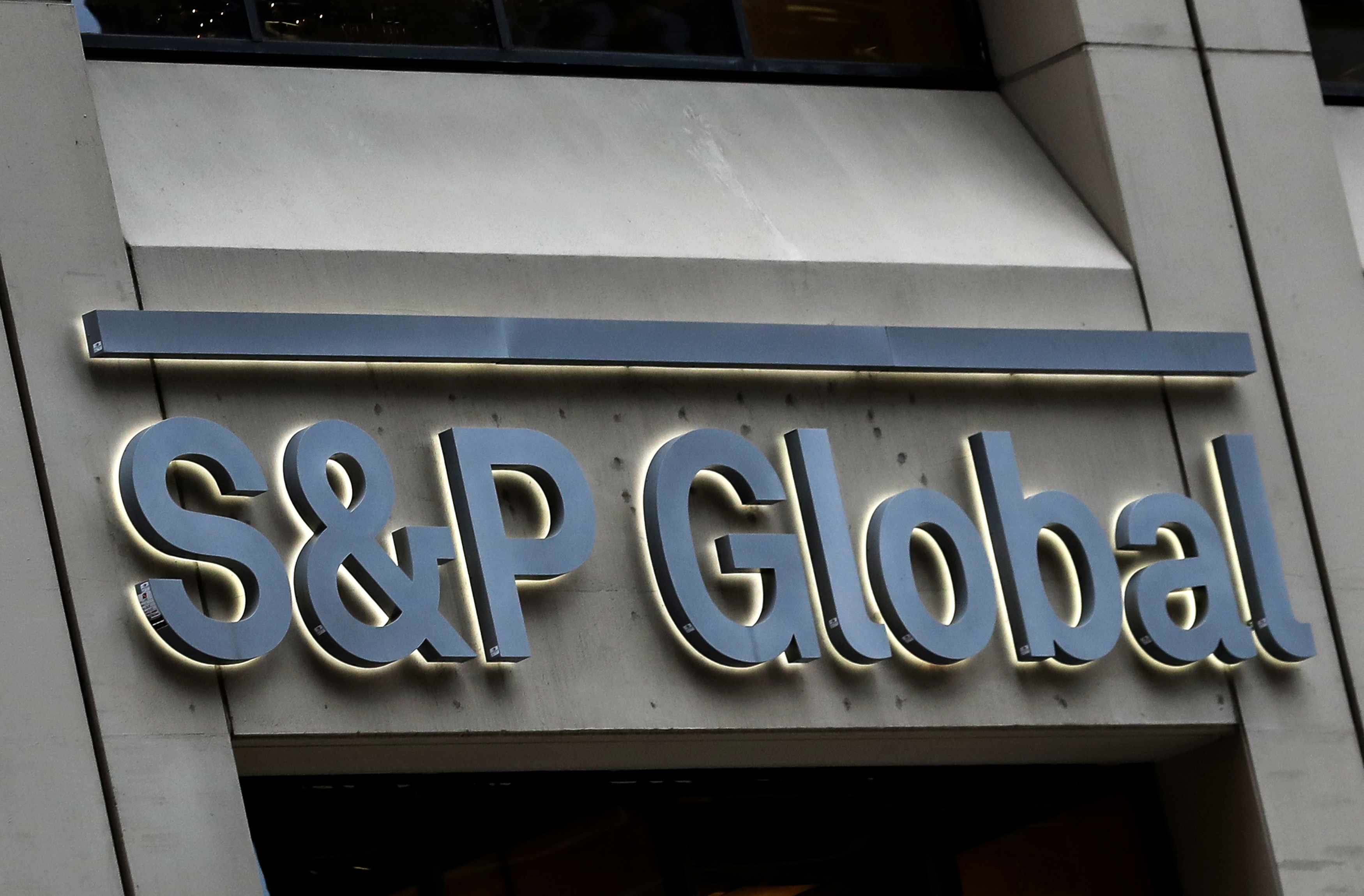
The government’s own fiscal consolidation plan presented in November 2021 sets more ambitious targets, supported by new revenue measures worth 3% of GDP, some of which have since been opposed in Parliament. The government has announced a 20% cut in primary spending, equivalent to a 4% cut on a year-on-year basis or 16% in real terms, to compensate for any shortcoming in the government’s revenue measures package.
Whilst this sounds good, Moody’s highlighted in its recent report on Ghana that such an unprecedented fiscal tightening will be socially, economically, and politically challenging to implement.
However, quantifying the effect of such a policy on the broader economy, S&P stated in a recent report that the fiscal tightening measures announced by government will slightly lower GDP growth to about 4.2 percent in 2022 versus 5.0 percent in 2021, before accelerating again and averaging just under five percent between 2021 and 2024.
Debt challenges
Amid the low revenue mobilization, government debt remains a major concern as debt to GDP ratio continues to rise, estimated at 78.4% as of November 2021 by the country’s finance ministry. While the Finance Ministry of the West African state is yet to release its overall debt figures for 2021, Moody’s estimates that government debt ended 2021 at 80% of GDP while interest payments alone consumed half of government revenue that year.
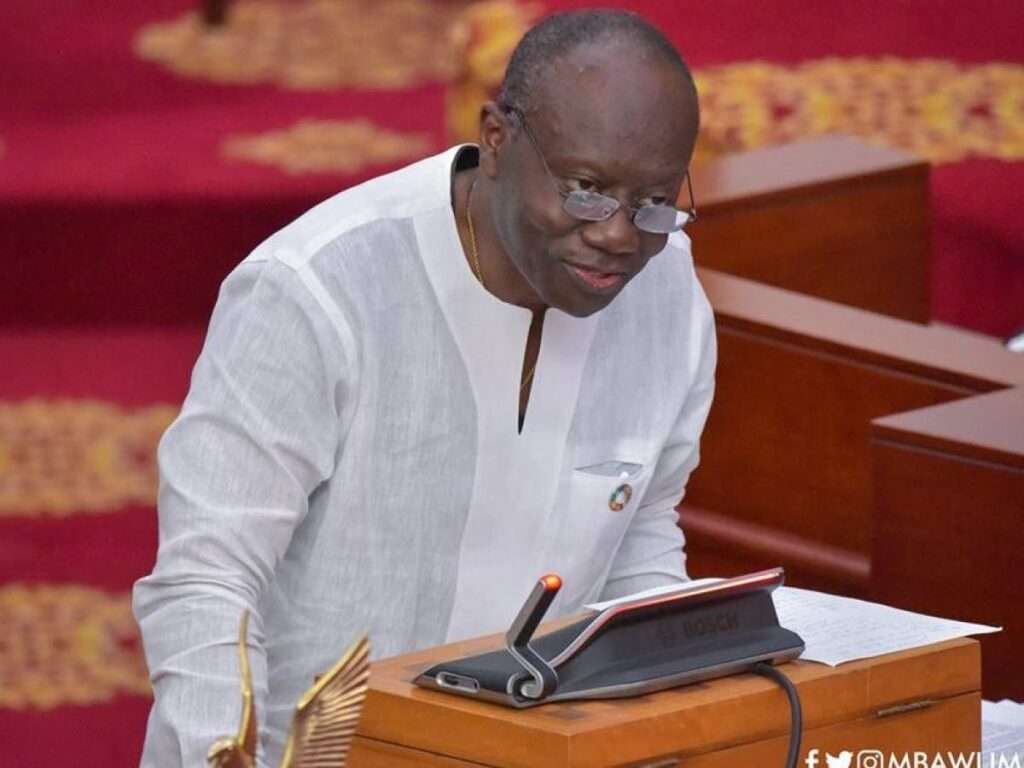
Expectations are however high that government’s fiscal measures can have a significant effect on the country’s debt, beginning this year, if the government’s fiscal consolidation efforts become successful. S&P Global, for instance, said in its recent report on Ghana that “If the planned fiscal measures bear fruit, we project that net general government debt will stabilize at 77 percent of GDP this year, before gradually declining to 75 percent in 2025”.
Ghana’s borrowing needs remain elevated, estimated around 30% of GDP annually. The implication is that higher borrowing rates will quickly translate into higher interest costs. Ultimately, Moody’s stated in its recent report on Ghana that it expects that a higher interest bill in 2022 and 2023 will offset the improvement in the government’s primary balance, thereby maintaining double-digit fiscal deficits (in cash terms) with a concomitant increase in the government’s debt.
This also means that debt challenges will persist, at least for some time, but the government is still hopeful that the passage of its proposed E-levy may improve revenue collection going forward. Unfortunately, with the delays in its passage, it is clear that government may not meet its total revenue target of GHS100.5 billion this year.
Despite the strong rebound in the economy, budget execution this year will significantly be impacted by the hullaballoo over the proposed 1.75% electronic tax on which the government is yet to make a headway.
READ ALSO: We’ll Maintain Decision on 30% Increase In Transport Fares- CDA




